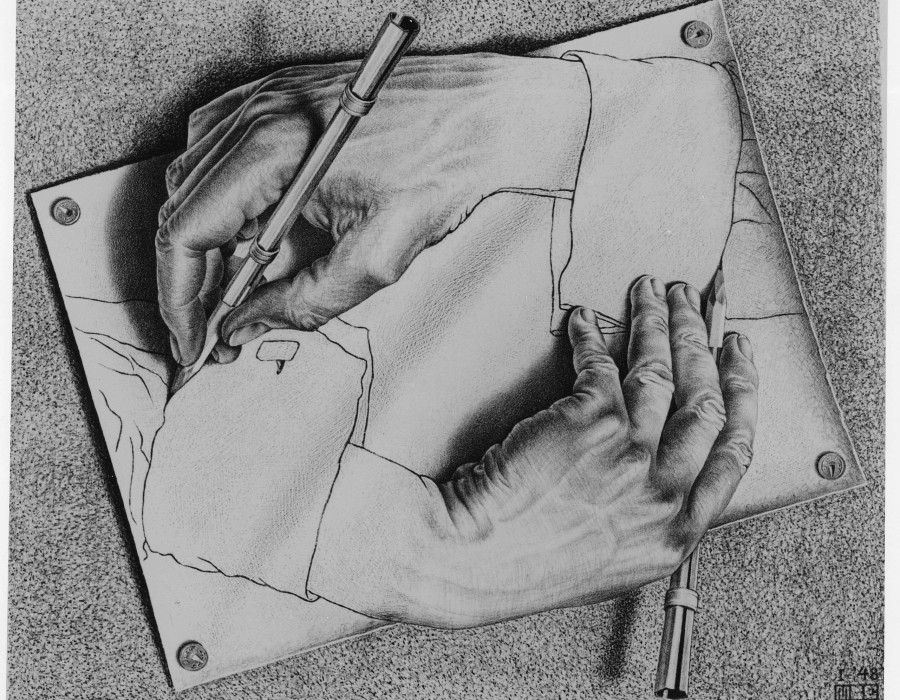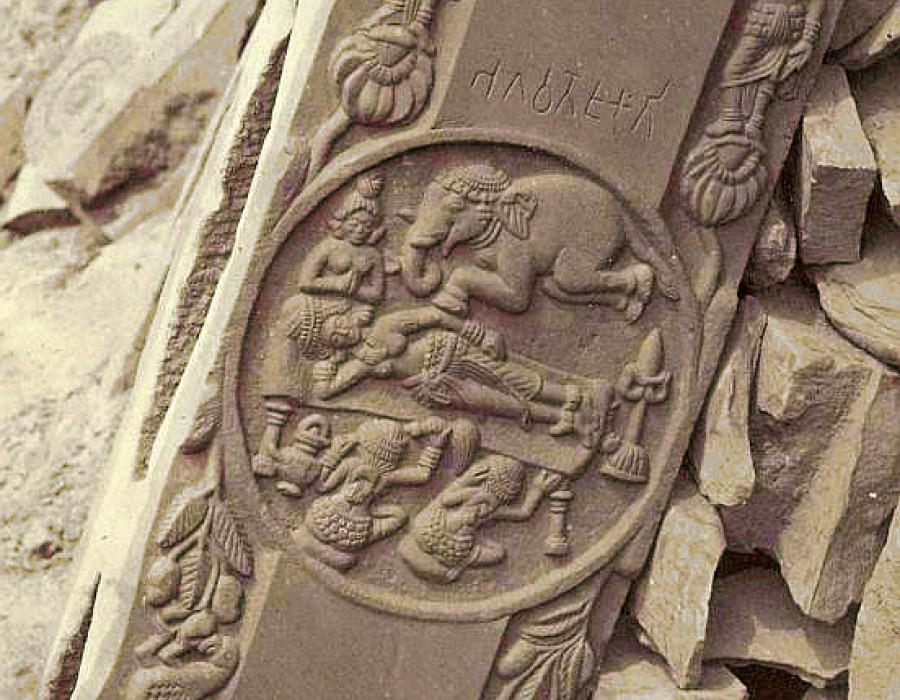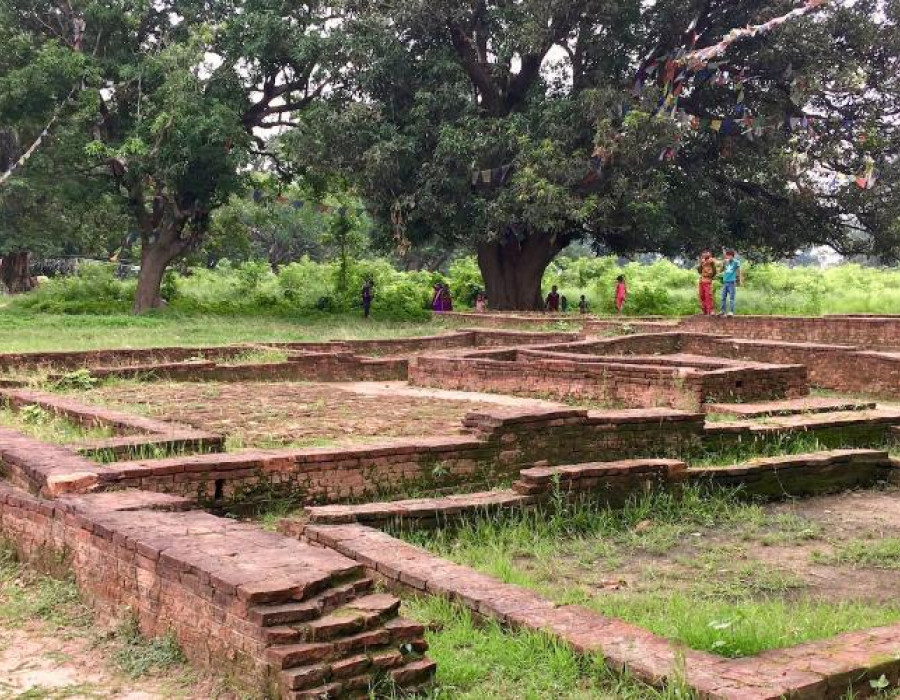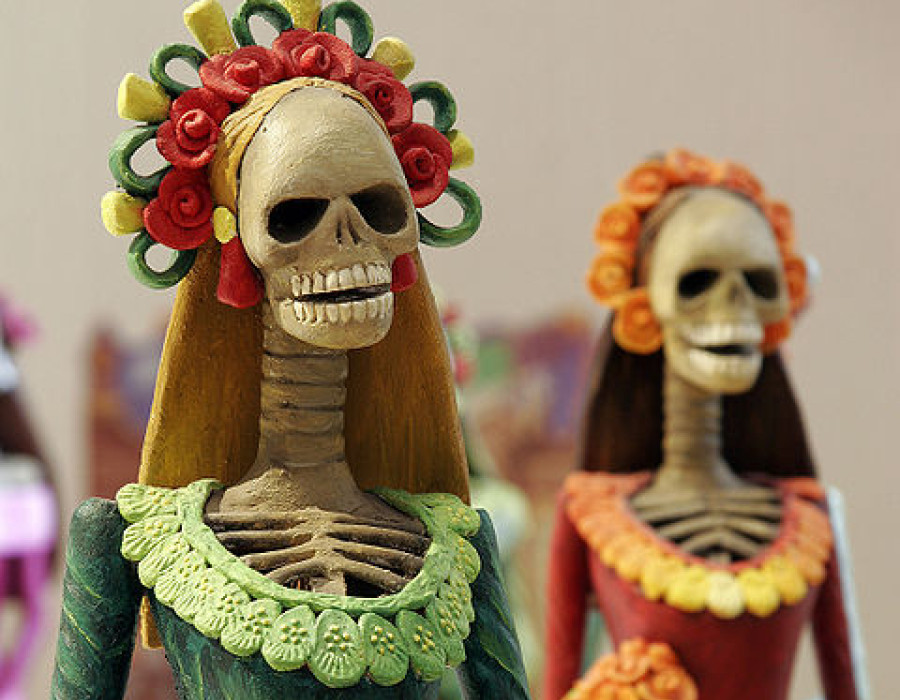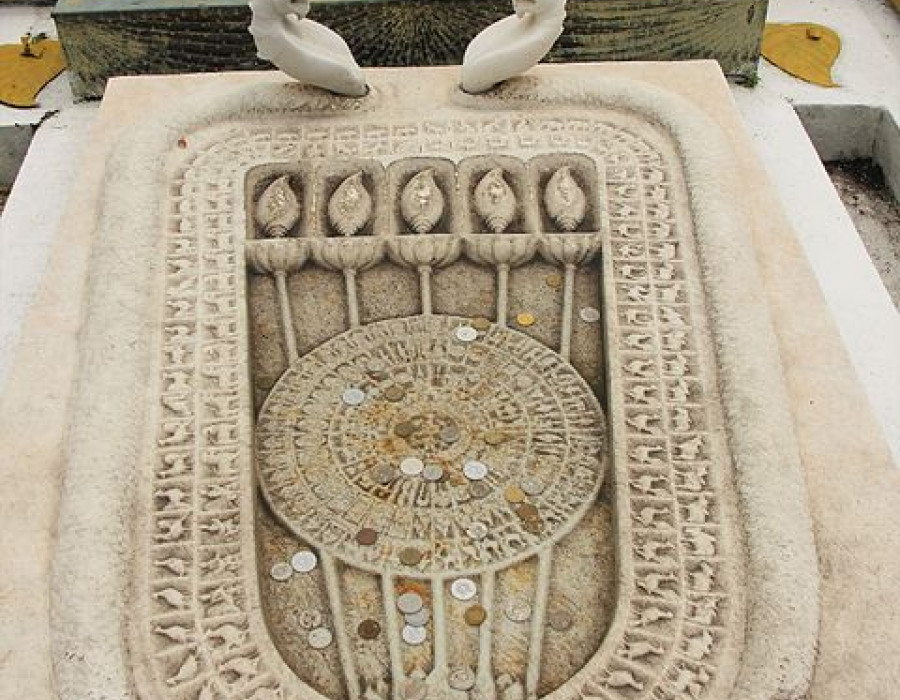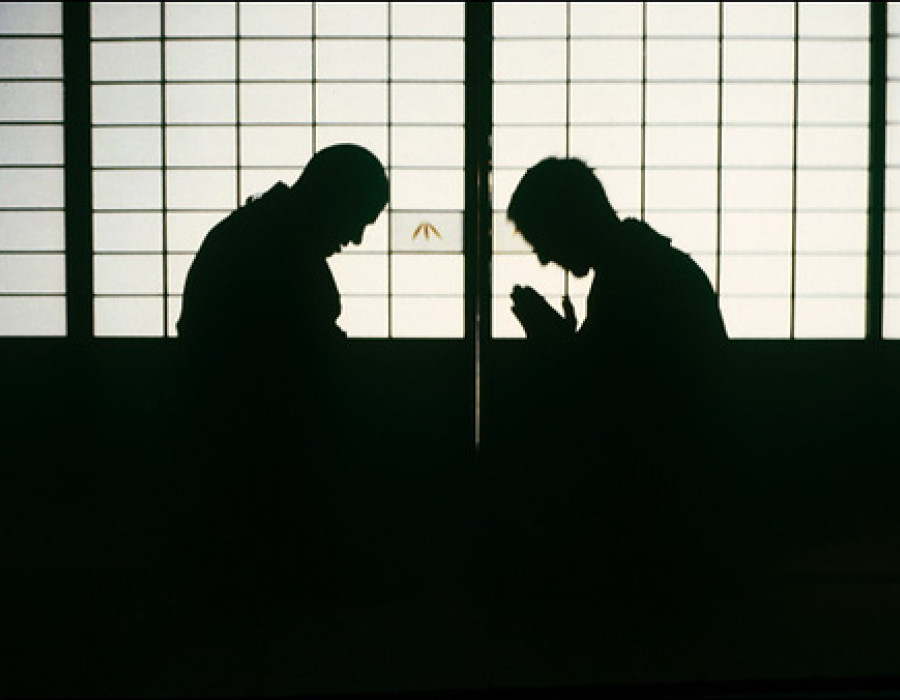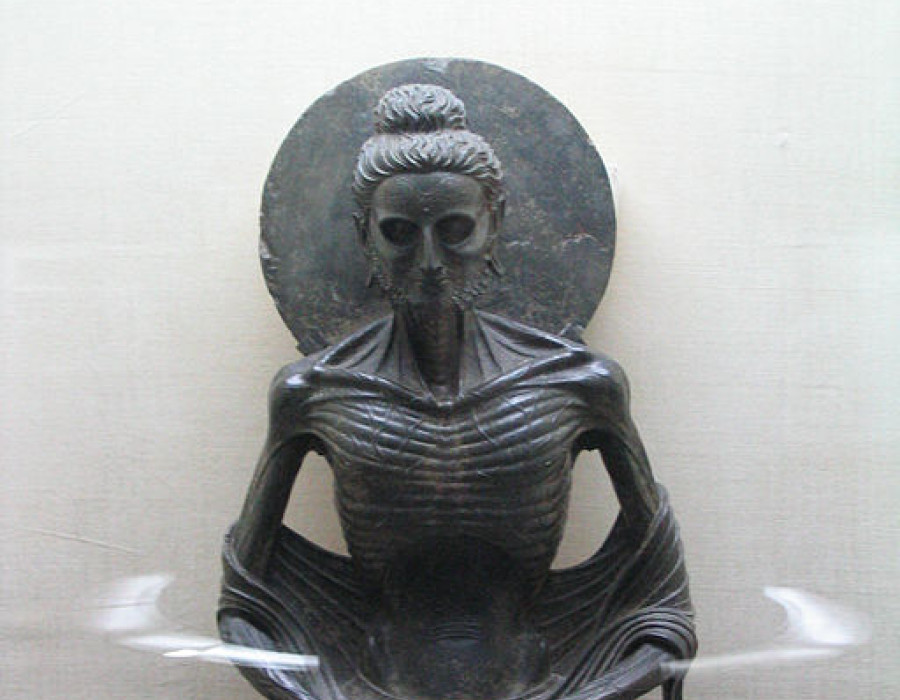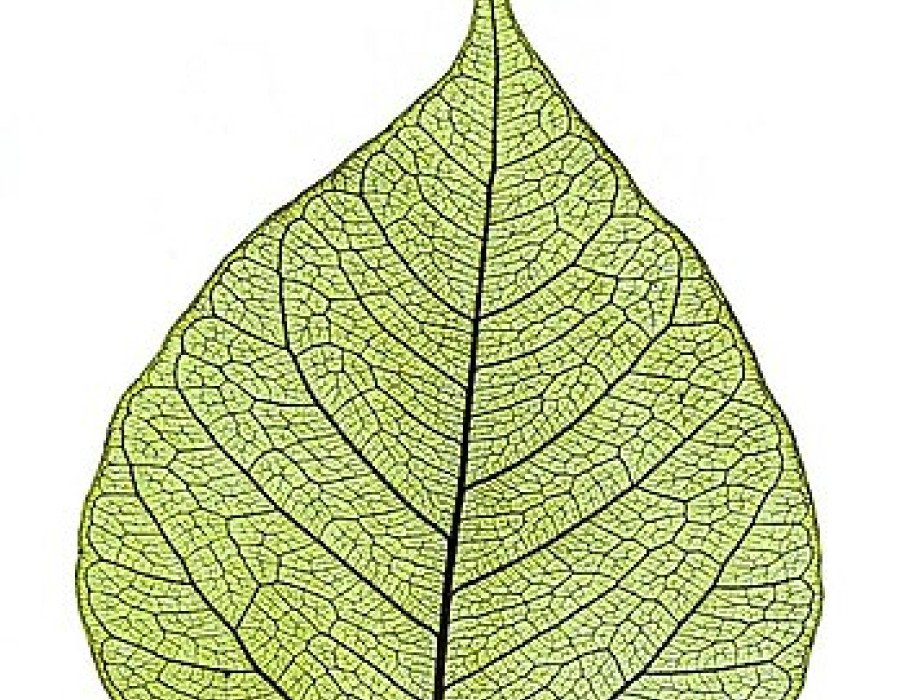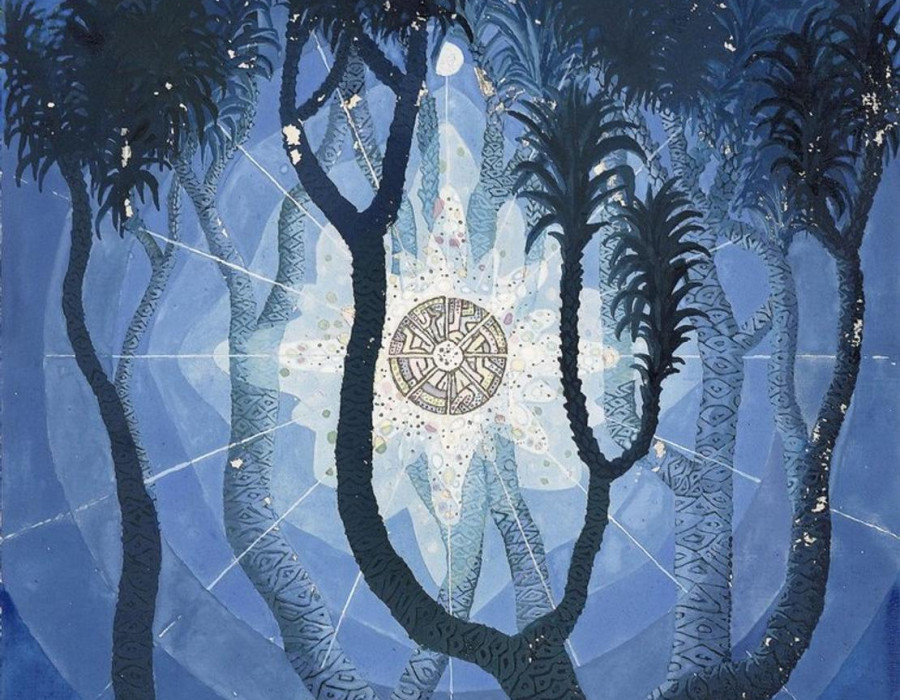Queen Maya's Dream
From Miraculous Birth to the Buddha's Enlightenment
It starts with a dream. In the little Himalayan kingdom of the Shakya clan, King Suddhodana rules with his wife Queen Maya. We continue our series exploring the symbolism of the Buddha's life-story.
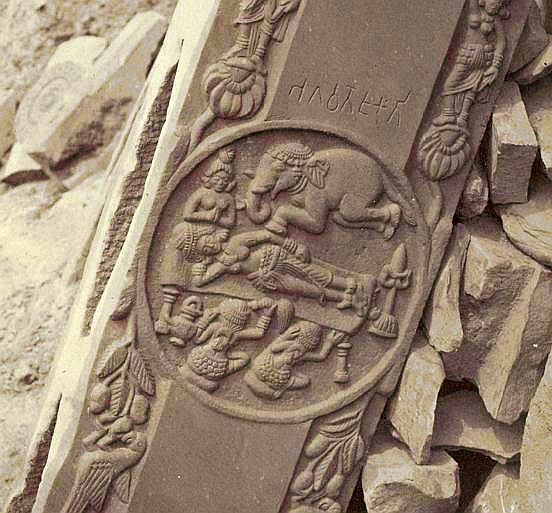
Buddha's birth (Bharhut) Brahmi. Text: bhagavato rukdanta
One night, the Queen dreams of a magnificent white elephant which comes towards her carrying a lotus flower and enters her side.
In our age, dreams may still catch our attention from time to time but they are not often seen as being of great importance. However, in the past, dreaming was seen as one way in which the gods spoke to us.
Still nowadays in psychotherapy, dreams are seen as ‘messages’ from the unconscious and, as such, oracles worthy of note. But where do they come from and why do we dream?
There are different theories to account for them but tradition gives them a numinosity and a ‘big’ dream can prey on our minds and evoke powerful emotions.
Queen Maya consulted at the court as to the meaning of her dream and was told that it signified some great event. So, when she became pregnant shortly afterwards it was assumed the coming birth would be most significant.
As it was the custom for an expectant mother to give birth in her father’s house, Queen Maya was on her way home, when she was caught short in the Lumbini Gardens. The story goes that she gave birth standing up, holding onto a tree with her right hand and with the child being born; not in the usual way, but emerging from her right side.
Now, here we have the theme of a miraculous birth – typical of semi-divine figures of myths and legends. What are we to make of this? Should we put it down to a fanciful device of the storyteller’s craft or does it point to something else?
As this is the Buddha’s life story, perhaps we can make an assumption; that the Buddha, who tells his own story in the different parts of the canonical texts, only told what was useful to walking the Way.
This being so, we can look deeper at this motif.
What is clear is that a miraculous birth is not an ordinary birth. In fact, it points away from this by deliberately making the event magical.
The word ‘Buddha’ is not a name but a title meaning ‘The Awakened One’. The verb budh means to ‘wake-up’ in Sanskrit.
We know that the Buddha’s teachings are motivated by suffering and by the search for the way out of suffering. But that way out is by the path of clear-seeing. This is why ‘Right View’ is the first stage on the Noble Eightfold Path.
What is it that sees or hears, or touches, tastes, smells or cognizes? What is it that knows these things and can also be blinded?
Is it not our consciousness?
As a practice what are we doing?
We are developing mindful awareness, in our sitting meditation and in our daily activities, and we do this so that we can see into our true motivations and can distinguish what is real from what is not real.
So perhaps we can look upon this miraculous birth as the emergence of a consciousness that can see things as they really are? In Pali the word for this clear-seeing consciousness is sati, and there is a sutta devoted to it called in English, ‘The Foundations of Mindful-awareness (sati)’. This scripture gives the instructions for both sitting meditation and meditation in activity. It also includes the practices of restraint, and of working with the passions which blind consciousness when they take-over.
We all have the ability to be aware but it is partial and it is often not well developed. What we have in the teachings are ways of developing that awareness so that it becomes established in our lives and acts as the basis for living.
If we take this consciousness as the birth of the great being, then perhaps we can see that this story is not about someone who lived a long time ago in a far distant place, rather it is our own story as we take steps along the Buddha’s Ancient Way.
As soon as he was born, it is said that the new-born baby took seven steps and looking in all directions declared:
“Between Heaven and Earth,
I alone am the World-Honoured One.”
If this awareness, when developed, is the instrument for the ending of suffering then it is surely to be honoured and is the single liberating factor for us and for all beings between ‘heaven and earth’.


